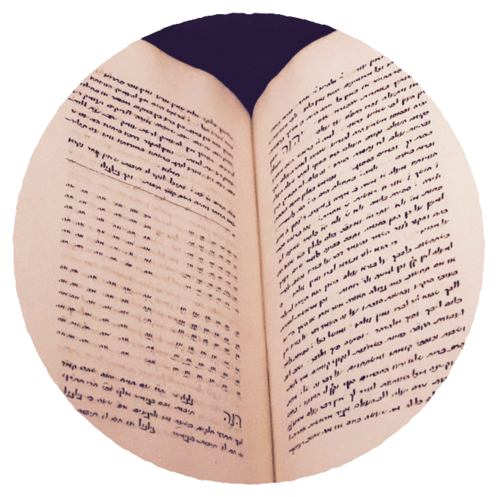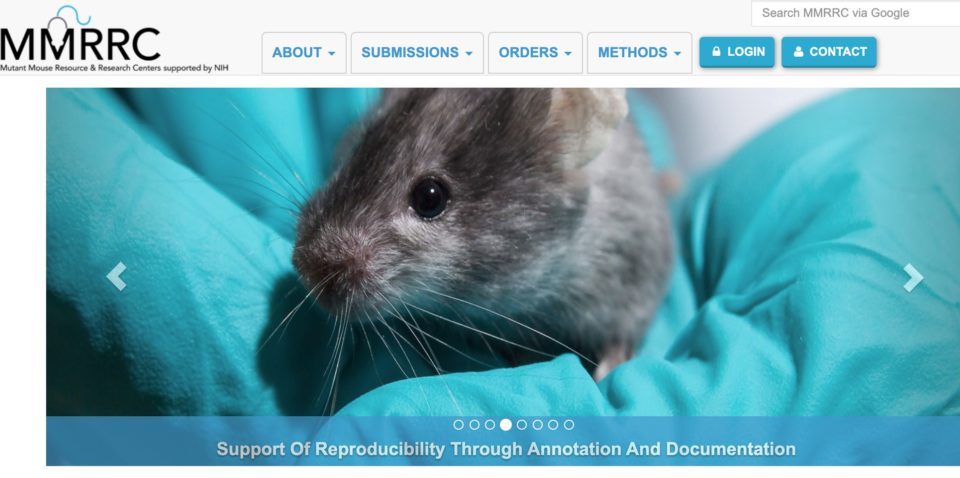Online Repositories and Collaborators in the Business of making Mouse Research Flow
Choosing genes and building infectious constructs in a software package is very ‘print text to flesh’ uncanny. The reference is towards ancient obsessions with language from supposed un-human origins and the need for exact transcribing of copies. Before the printing press, compusive triple checking of holy texts directly influences both the birth of algebra and the birth of mystical numerology. Without the Father of Algebra Al-Khwarizmi Abu Ja’far Muhammad ibn Musa al-Khwarizmi of Baghdad, Rabbi Loew of Prague could not have mixed Golem making permutative equations to stir life from the inanimate, while helping Tycho Brahe lay claim to the rebirthing of Algebra. Transgenic work is a lot like golem making, sculpting original clay of first life and impregnating it with word-permutative computer spells to create a living semiHuman programmed being. Nowadays, this speculative protection being is not cast with the spin off numerology of the need for accurate Pentateuch dupes. Instead, the re-inscribing the clay model, the double checking is of the genome. The mutant numerology is read through PCR, affirming accurate transcribing through whole genome scans and global online repositories showing/insuring pedigree comparisons of original organism and replica/copy/duplication/edition. In order to insure transgenic research animals are true to type enough for global research continuity, their genomes are spot checked for accuracy of reproductive copy. This is handled by: The Mutant Mouse Resource & Research Centers (MMRRC), the IMPS before shipping to transgenic lab animal distribution centers like Charles River Labs or Jackson Labs. This is the printing press of the present. And these are the online organizations that check that the effect is preserved, that the off target mutation don’t retard the research targets and that the mutants are affirmative.
i3S Animal Facility has produced 10 mutant lines since 2018 that are verified and available for mail order with guarantee of genomic accuracy, mutant stability and research repeatability.
MMRRC: Optimizing Reproducibility: Authentication of Mice Using the Strain Detail Sheet

Consideration of Relevant Biological Variables – models from the MMRRC are genetically defined (including background strain genetics, incipient congenic strains and congenic strains) and confirmed specific-pathogen–free. Moreover, the MMRRC has extensive expertise in troubleshooting how other biological variables, such as husbandry factors, microbiota and sex, may modulate phenotypes. By obtaining mice from the MMRRC you eliminate the risk of genetic drift or contamination with adventitious pathogens that potentially can arise through the use of long standing in-house colonies or obtaining mice from colleagues. Furthermore, mice obtained through the MMRRC minimizes interlab variability and negates the need for extensive regenotyping and phenotyping.
–MMRRC
IMPS Phenotyping: Impress Pipeline

IMPC: Defining Protocols of Screening as well as mutant mouse phenotype – IMPReSS: The International Mouse Phenotyping Resource of Standardized Screens
The standardized phenotyping protocols used to characterize mutant strains are coordinated and presented on The International Mouse Phenotyping Resource of Standardised Screens (IMPReSS).
“A bit of history: IMPReSS is the successor of The European Mouse Phenotyping Resource for Standardized Screens (EMPReSS), which developed more than a 150 standardized protocols for the characterization of mutant mouse strains across European research institutes (the EUMODIC and EUMORPHIA projects). EMPReSS was actively developed from 2002 until it was superseded by IMPReSS in 2011.”
From: https://www.mousephenotype.org/help/standardized-mouse-phenotyping/defining-protocols-impress/
The numerology of text/nucleotides sequenced and printed to flesh through transgenic process involves meticulous regenotyping for stable genomes. Accurate translation of the scripture of the hereditary breeds, our monsters, our disease models, needs to be kept away from change. This about stopping variability, making mutants that don’t mutate. Often mouse incest helps in the fight against genetic drift in the genomes. The most obscure genetic golem tool beings must have very still biodiversity. This is gematria in the making of the artificial into flesh through spells that are inalterable, minimizing inter-lab eccentricities. But, the beings and the slope of the rate of the rate of mutation inevitably shows that lifetimes have lives of their own.
– Adam Zaretsky, 2023
‘Recipe for Golem’ Gershom Scholem copies a transcript of an anonymous 17th century manuscript: “(…) when you form the body, you call the shape aleph just like I showed you. And when you make the bowels combine the letter mem; and when you make the head combine the shape of shin; and when you form the mouth combine the letter bet; for the right eye the shape gimel, for the left eye he, for the nose kaf, the left nose pe, the right ear resh, left ear taw, right hand he, left hand waw, right foot sain, left foot chet, right kidney tet, left kidney jod, liver lamed, gall nun, melt samech, stomach ain, gullet zade, navel kof (…)”.

A hint to to deciphering the above recipe can be found in another showcase. Here we see a copy from the turn of the 16th century of a manuscript by Eleasar of Worms – one of the most famous Jewish mystic to provide explicit instructions on how to create golem in his commentary on the Sepher Jezirah. The book contains Hebrew letter blocks of permutations which resemble the mystical instructions given by Abraham Abulafia from the 13th century. It is these kinds of seemingly endless letter permutations that formed the basis of the magical act to bring to life a lifeless form. Scholem’s recipe for a golem refers to them by indicating to ‘combine’ a certain letter when creating a certain body part of a golem. If you are interested to learn more about the highly advanced magical practice of golem creation, the essential sourcebook can be found in Moshe Idel’s ‘Golem: Jewish Magical and Mystical Traditions on the Artificial Anthropoid’.
From: The Golem is Alive 2016
Colony and Husbandry Information as Literature

1 Aleph א
2 Bet ב
3 Gimel ג
4 Daleth ד
5 Heh ה
6 Vav ו
7 Zayin ז
8 Het ח
9 Tet ט
10 Yud י
20 Kaf כ
30 Lamed ל
40 Mem מ
50 Nun נ
60 Samech ס
70 Ayin ע
80 Peh פ
90 Tzady צ
100 Koof ק
200 Reish ר
300 Shin ש
400 Taf ת
500 Kaf (final) ך
600 Mem (final) ם
700 Nun (final) ן
800 Peh (final) ף
900 Tzady (final) ץ
Colony and Husbandry Information: Health Status Report

A sample from this MMRRC strain was analyzed using the Mouse Universal Genotyping Array (MUGA) and MMRRC computational tools were used to assess the genetic background. A summary of the data can be found here.
Mice recovered from a cryo-archive will have health surveillance performed on recipient females. Health reports will be provided prior to shipment. If you require additional health status information, please email mmrrc_health@med.unc.edu .
Distribution of this strain requires submission of the MMRRC Conditions of Use (COU). A link to the COU web form will be provided via email after an order has been placed; the form should be completed then or the email forwarded to your institutional official for completion.
The donor or their institution limits the distribution to non-profit institutions only.
– from Strain Detail Sheet, MMRRC.org




